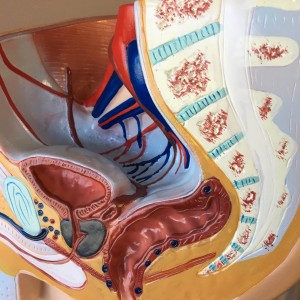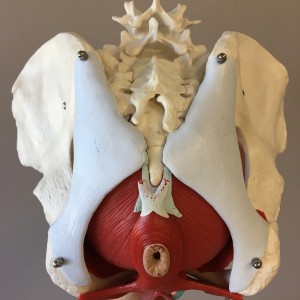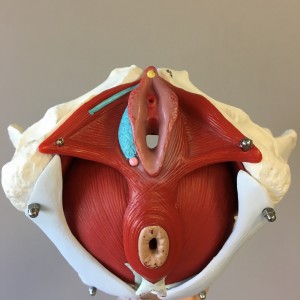To Kegel or NOT to Kegel…
Now that is a very good question.
There is all of this talk surrounding Kegels. What are they exactly? Why are they important? Should we even be doing them at all?
Kegel exercises were created by an American Gynaecologist named Dr. Arnold Henry Kegel (and yes, the exercises were named after him). The intention behind these exercises was to offer a non-surgical approach to help address weak pelvic floor muscles that were contributing to urinary incontinence (leaking of urine).
There are a few common misconceptions around Kegels – let us dispel a few of these myths…
Myth 1) “Only women should be doing Kegel exercises”
Answer: false!
We all have pelvic floor muscles and yes, that means you too, men! The pelvic floor muscles sit in a ‘bowl’ between the pubic bone, tailbone, and the ischial tuberosities (the ‘sit’ bones in the pelvis). Just because the pelvic floor muscles are hidden in a ‘cave’ does not mean that they are any less important than other muscle groups. The pelvic floor plays a significant role in terms of: core strength, low back and organ support, joint stability, sexual function, as well as urinary and fecal continence.

Male Pelvis
Myth 2) “If at any time I get back pain, leak urine, want to work on my core, or feel as if my prolapse symptoms are intensifying, I will just do my Kegels”
Answer: this is a common misconception.
As much as it is admirable that you want to take action and strengthen your pelvic floor, you may be further perpetuating the underlying cause of your symptoms. In fact, more people than not have a pelvic floor that is tight and overactive, rather than purely just ‘weak’. We cannot achieve our true strength potential if tightness exists.

The pelvic floor extends all the way to the tailbone!
Myth 3) “I was given a few verbal cues and a sheet on Kegel exercises many years ago; I don’t need any more instruction”
Answer: verbal or written instructions are not adequate Kegel training techniques!
The Society of Obstetricians and Gynecologists of Canada made recommendations in the 2008 Clinical Guidelines, including, “proper performance of Kegel exercises should be confirmed by digital vaginal examination or biofeedback”. In other words, the quality of the Kegel exercises matter, especially the form of instruction!
So…
How does one confirm if they have a tight pelvic floor? Lack strength? Ensure that they are truly performing a proper Kegel? Pelvic Health/Floor Physiotherapists can assess and treat pelvic dysfunction – these physiotherapists have specialized post-graduate training in pelvic health to better help you reach your goals and address your concerns.

